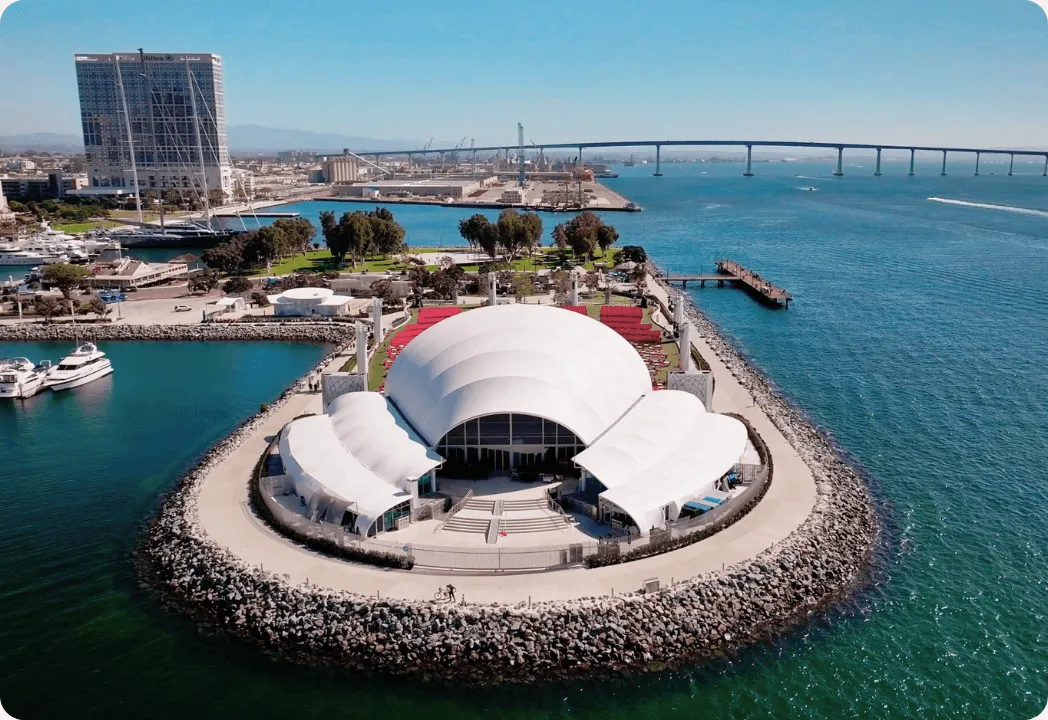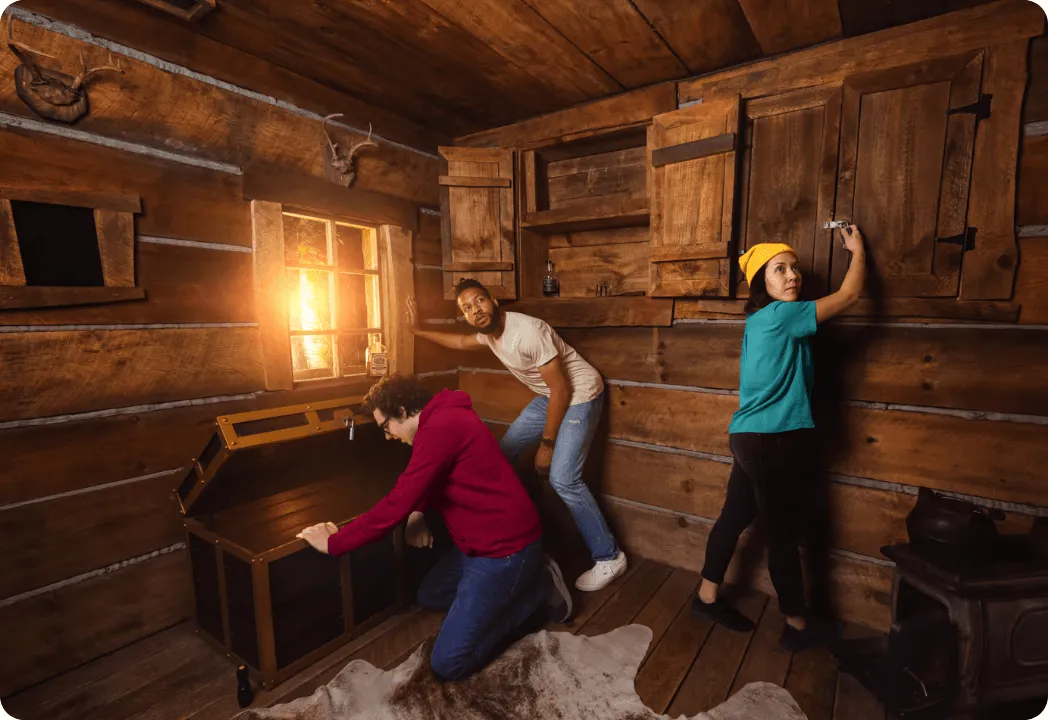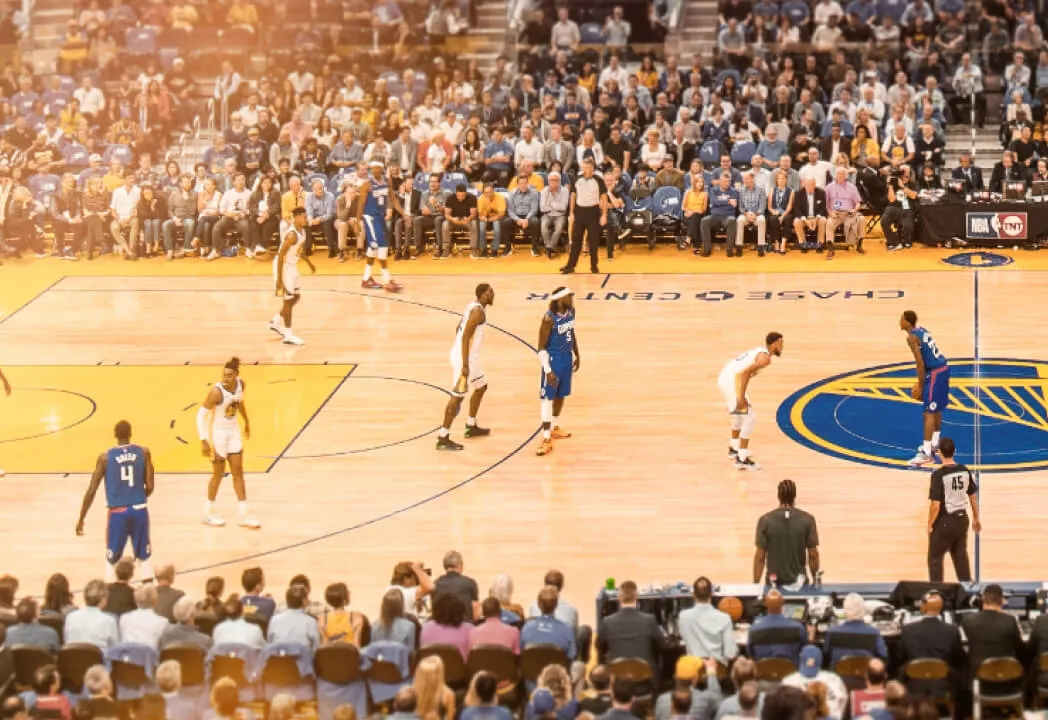
The top escape-room provider in the US uses RingCX to deliver outstanding experiences to the company’s tens of thousands of monthly callers.



Since we replaced our legacy system with RingCX for box office operations, all the feedback I’ve seen and heard tells the same story: the quality of the call experience, for both our agents and our patrons, has gone up exponentially.
RingCX gives us several capabilities we couldn’t offer before: the option to get a callback, to leave a voicemail, even to listen to FAQs rather than wait for an agent. We’re delivering a better patron experience than ever.
When we analyze the data from RingCX’s supervisor dashboard, we’re seeing big increases in both technical KPIs, such as network uptime and performance KPIs. And these aren’t just short-term boosts. I’ve observed these improvements consistently over the past six months.
Our legacy system could leave a caller on hold for four hours. With RingCX, even during times with high call volume, nobody waits for more than 10 minutes. That’s a 95% decrease in hold time.
If we had added our massive new concert location and not upgraded our phones, our box-office team would be feeling the pressure. But RingCX makes it so easy to handle and route calls that our agents are in fact thriving.
RingCentral does a wonderful job of putting an implementation team in place to help. We were always able to reach those folks and get the support we needed, which helped us get deployed within a couple of weeks.
By allowing us to eliminate a costly contract for call-overflow services, RingCX saves us about 8x our old costs during peak-volume times. And that’s just one way RingCentral saves us money.
From the feedback I’m hearing from our teams using RingCX and RingEX, they’re easily experiencing a 3x increase in value from the added efficiencies and business intelligence RingCentral gives them.










